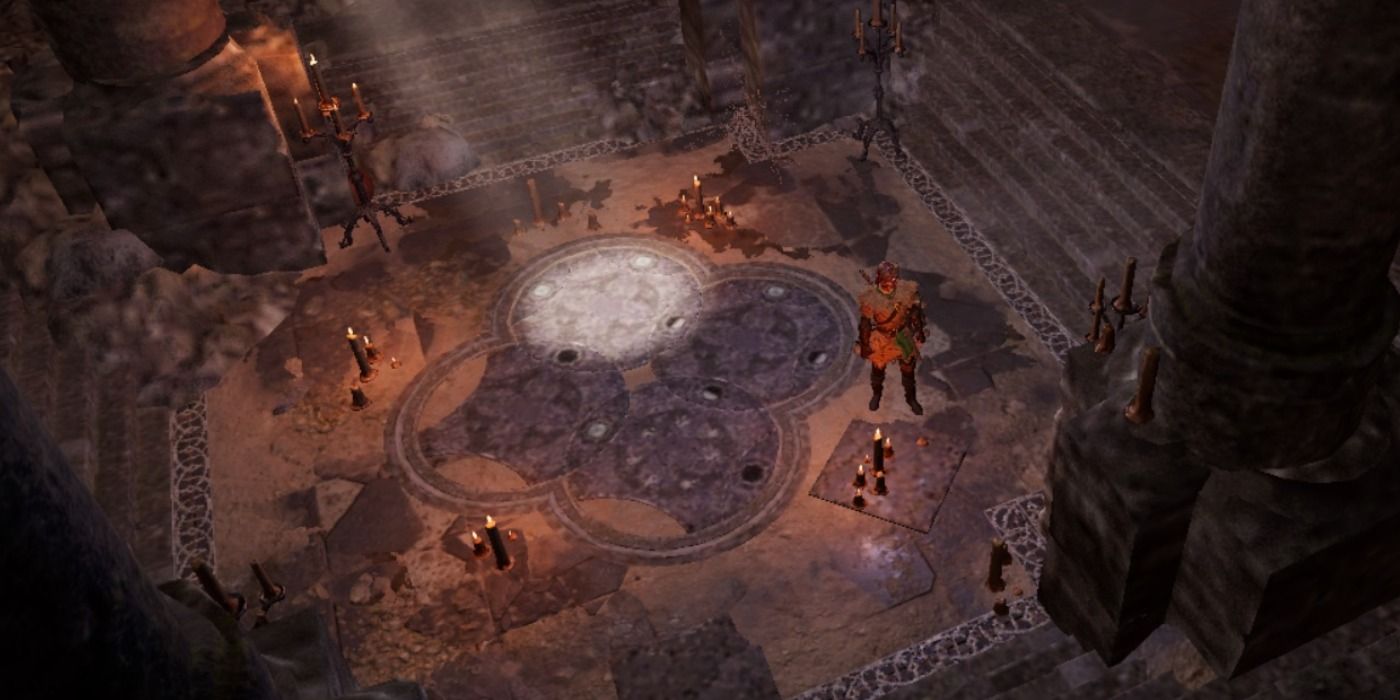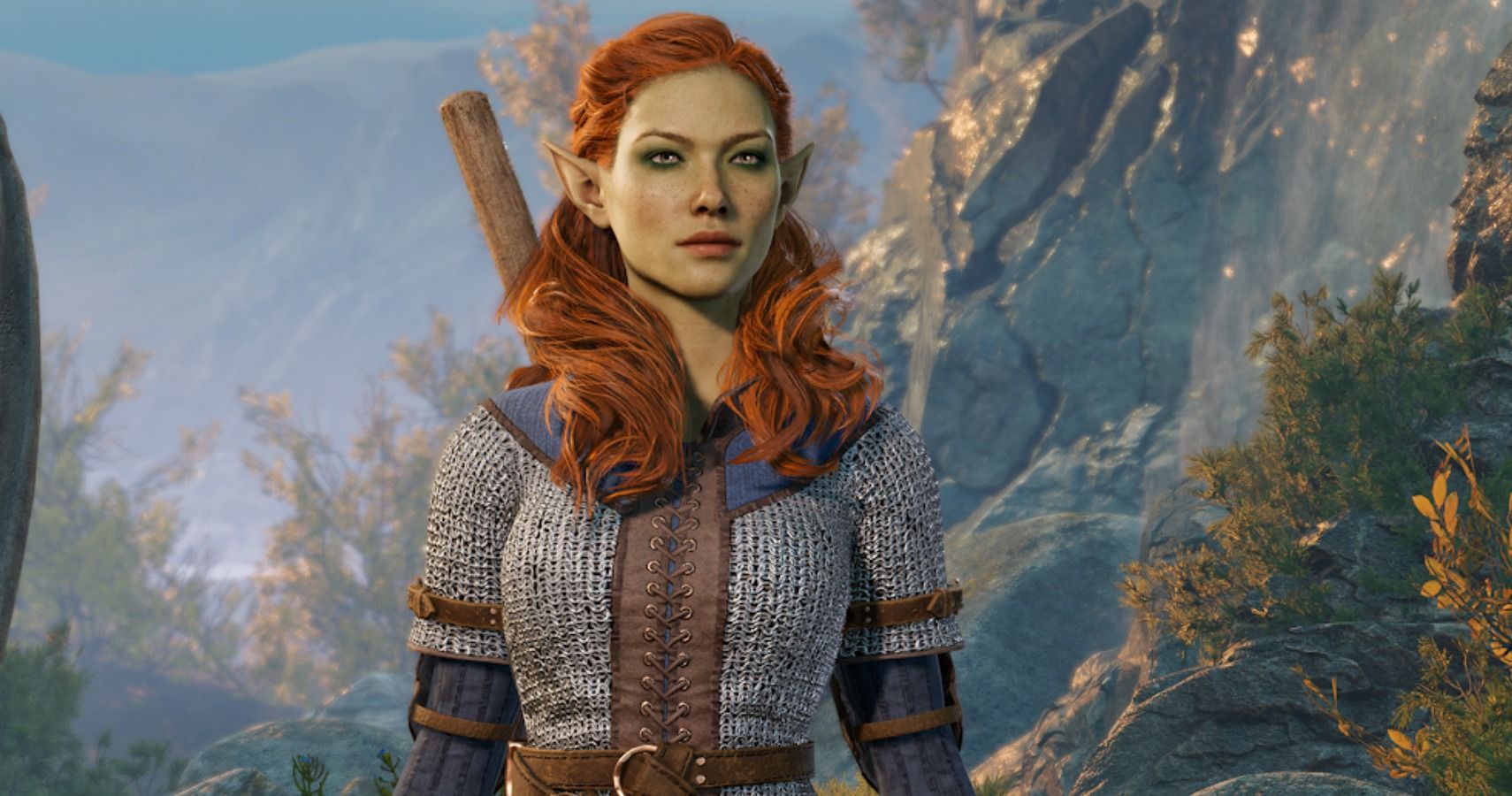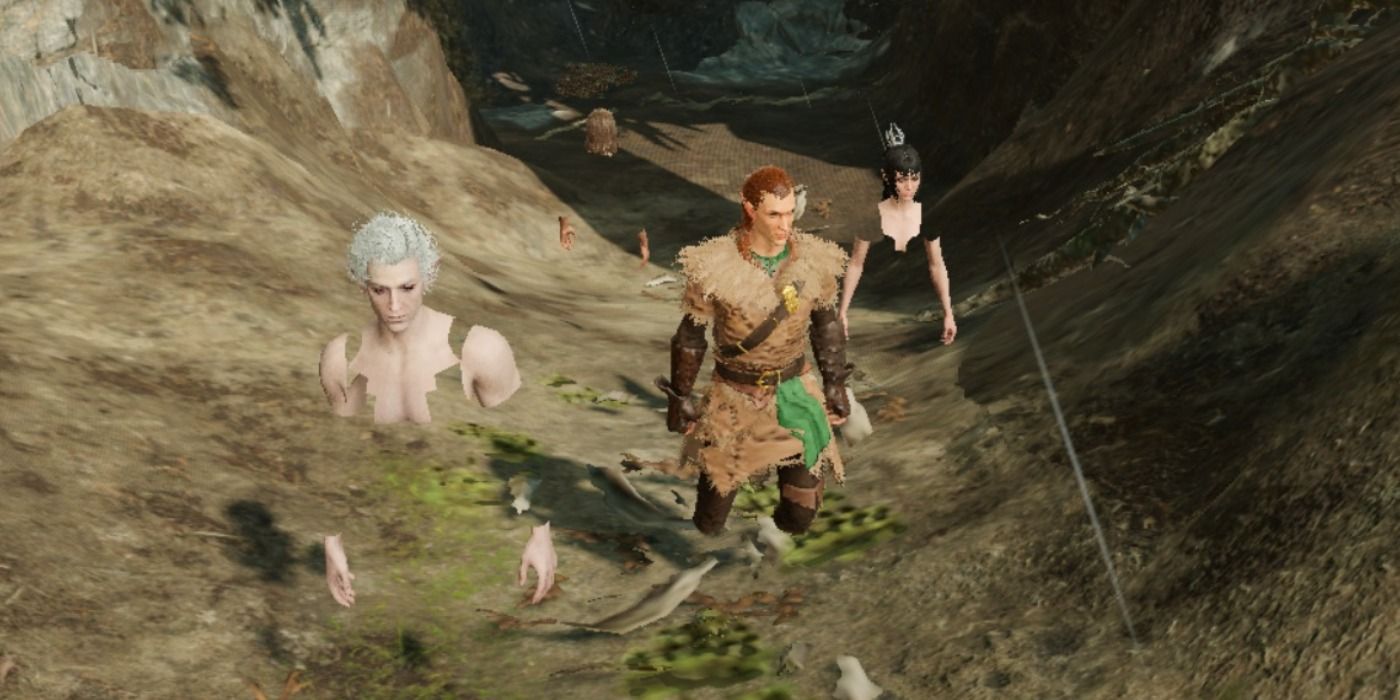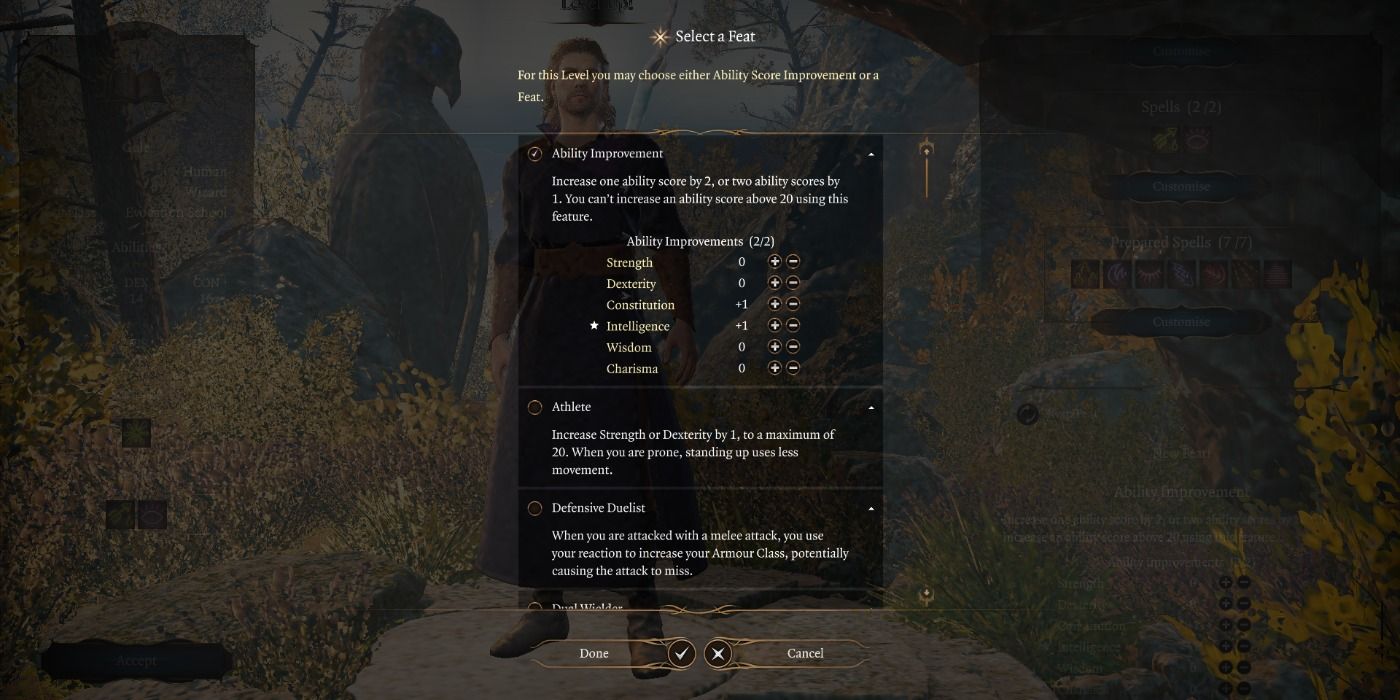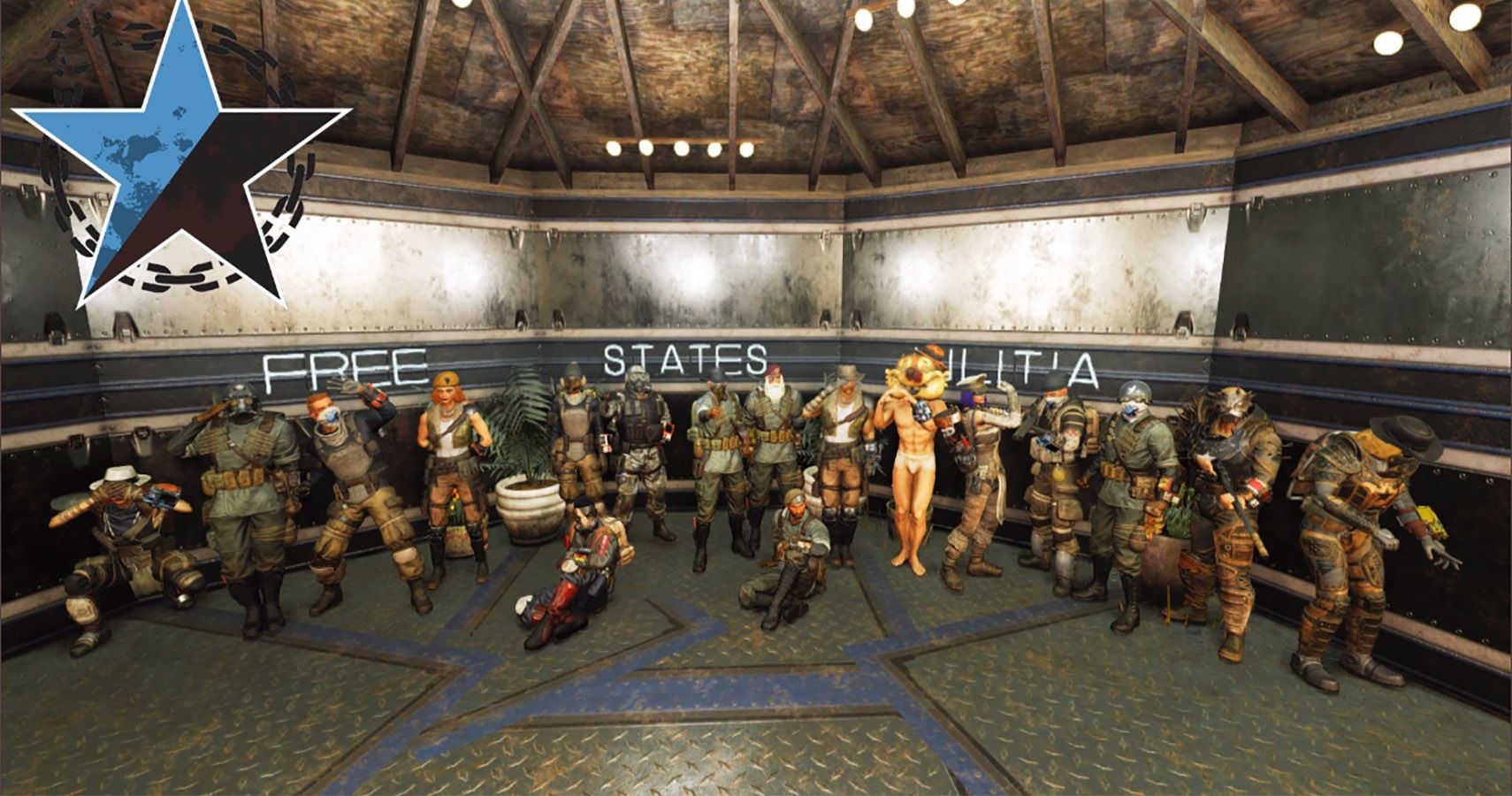I intended to keep a log of the glitches I encountered during my initial run-through of Baldur’s Gate 3, but I stopped after a couple of hours. For one thing, I ran out of paper. On the flip side, I was so engaged in the game that I forgot I even had a list. The Early Access version of Baldur’s Gate 3 is an incredible game that is buried under a litany of technical and balance issues, and it’s up to the fans to determine whether this experience is worth the steep price of entry.
It’s been almost twenty years since the last entry in the Baldur’s Gate series was released, with Throne of Bhaal capping off the storyline back in ’01. Baldur’s Gate is back, with a new entry created by Divinity: Original Sin developer Larian Studios. Baldur’s Gate 3 uses the rules from the current edition of Dungeons & Dragons as the basis for its gameplay. It’s clear that Larian has heavily based the game on the Divinity series, to the point where it feels closer to those games than D&D. The various systems at play have been altered to accommodate the D&D rules, but there is still a lot of Divinity in there – especially in the combat system.
Baldur’s Gate 3 is set a century after the events of Baldur’s Gate 2. A race of squid-headed monsters called Mind Flayers have kidnapped a number of humanoids from the world of Faerun and implanted tadpoles in their brains, which will eventually turn them into more Mind Flayers. An attack on the Mind Flayer’s ship frees the main character, who fights their way through its crew and manages to return the ship to the Faerun. They are now trapped in the wilderness, which is currently overrun with bloodthirsty monsters.
The main character soon runs into other survivors from the ship, and they band together to find a way to remove the tadpoles from their heads. The thing is, those tadpoles are pretty useful. Anyone infected by one of these slippery parasites has access to psionic abilities, and the temptation to use these new powers is strong – especially when, like I said, you’re trapped in the wilderness and things are trying to eat your face.
Baldur’s Gate 3 opens with the player creating a character from a mixture of 16 different races and six classes, each of which comes with at least two subclasses. There are also a ton of options when it comes to altering the character’s appearance. Even in Early Access, there are lots of different builds for players to experiment with, to say nothing of how the story can drastically shift based on character decisions, making it the kind of game that encourages multiple playthroughs.
The best aspect of Baldur’s Gate 3 during the Early Access phase is its story and characters. The brain tadpoles provide an excellent excuse for such a diverse party to join together, which includes an alien Githyanki warrior, an elven vampire, and a priestess of the goddess of darkness. Their shared goal keeps the party together, even if they bicker and disagree over every decision. The dynamic between the party members is fascinating and the voice acting is excellent. Larian put extra effort into the facial capture animations for the characters in Baldur’s Gate 3 and that hard work has paid off. The campfire scenes where the main character gets to interact with the party members has some of the best moments. These scenes feel cinematic, which isn’t a word that’s often used to describe a CRPG.
I’m immediately invested in these characters and I can’t wait to see how their story progresses in the main game after the Early Access endpoint. I just wish your party members had more to do during dialogue scenes and skill checks involving NPCs, as these are often focused on the character the player is controlling at that time.
One of the most surprising aspects of Baldur’s Gate 3 is how dark the story can be. It covers themes that wouldn’t appear in the average D&D game, earning its M-rating with plenty of bloody violence and sexual references. There are also some disturbing scenes, like witnessing man-sized Gnolls being born from tiny hyenas in an explosion of viscera and prisoners being tortured by priests who worship the gods of pain. The darkest aspect of the game is the influence of the Mind Flayer on the characters. Every time a character uses their psychic abilities, the brain tadpole becomes stronger. It’s an interesting power dynamic and it has a lot of storytelling potential, with characters becoming more corrupt and evil as they tap into their newfound powers. This is a refreshing take, as most D&D games strongly encourage good or neutral playthroughs. It feels good to be bad. Baldur’s Gate 3 might be the ideal game to play a one-save file run-through, so you can live with the real consequences of your decisions.
Despite all that good stuff, I still have to talk to you about that list. You know, the one filled with bugs. It might be Early Access, but this is a launch that’s comparable to Fallout 76. Expect to see character models performing T-poses, texture pop-in, textures not loading at all, mouths not moving during dialogue, and animations being skipped. Aesthetic glitches are forgivable, but the performance glitches in Baldur’s Gate 3 are unacceptable. Larian is still charging a lot of money for this game, Early Access or not. It is essentially unplayable in some areas, as performance drops to a crawl on even the lowest settings. My time with Baldur’s Gate 3 was also filled with crashes to desktop and freezes that forced manual shutdowns. It’s in a sorry state, and prospective buyers need to be aware of what they’re getting themselves in for.
The other issue with Baldur’s Gate 3 is its difficulty, which spikes during the Blighted Village section of the game. The battles are fairly even up to this point, but there comes a time when enemies start the battle in far more advantageous positions than the party, such as archers, spellcasters, and grenade lobbers waiting on rooftops. This wouldn’t be so bad if you could position your characters effectively before the battle, but these encounters take place in walled-off areas with only a couple of entrances. The game will often force the player-controlled character into a predetermined position at the start of the battle if a cutscene takes place, which is likely the result of a bug. This can leave that character exposed to a brutal first round of attacks. These encounters can also feature double the number of enemies than player characters, making it even harder to secure a victory.
The AI is also ruthless when it comes to downed characters. In D&D, when a character drops to zero hit points they enter a “Death’s Door” state, where they spend each of their following turns making saving throws. If they pass three, then they stabilize, but if they fail three, they die. If they are struck by an enemy while in this state, then it counts as two failed saves. If this happens in D&D, then the Dungeon Master usually switches the attention of the monster to another character, as it makes sense for it to go after people that are an active threat, rather than someone who is unconscious. The enemies in Baldur’s Gate 3 aren’t so forgiving, and will pile on downed allies in order to make sure they die as quickly as possible. Not only does it make the game brutally difficult, it also encourages save-scumming, as revival items are rare and costly and it’s easier to just restart the battle. Enemies will often target the lightly-armored spellcasters first as well – they’re just the worst and I hate them in my bones.
One major problem with Baldur’s Gate 3 that is inherited from the Divinity series is item management. Every character has their own item slots and the player needs to manually move each one in order for a character to use them. This is also true of gold, which means shuffling coins between characters during trading. The reason this system exists is for the multiplayer component of Baldur’s Gate 3, as players only have control over their own characters in these modes, but a streamlined system for the single-player mode would be greatly appreciated. As it stands, managing items is a chore that grinds the game to a halt, especially when trying to buy and sell gear.
Larian has been upfront about the state of Baldur’s Gate 3 in Early Access, but the $60 price tag is steep for a game in such an unfinished state, even though it entitles players to a full copy further down the line. People who buy the Early Access version of Baldur’s Gate 3 are getting a meaty experience with a lot of replay value, but the game is riddled with bugs and balance issues that hold the experience back. You are better off waiting a year or two for the finished product.
Baldur’s Gate 3’s Early Access release has me excited for its story possibilities and seeing the different outcomes for each character in the future, but the fundamentals still need a lot of work. This version is clearly for diehard Larian supporters who want to help the game become the best it can be, as well as the Baldur’s Gate fans who badly want to return to the series, regardless of the quality of the game. The people without that level of dedication will be left disappointed by its current state.
Next: Baldur’s Gate 3: Mind Flayers, Explained
Baldur’s Gate 3 Early Access is available on Google Stadia and PC today. TheGamer was provided with a digital code for the Steam version of the game for the purposes of this preview.
- Game Previews
- Baldur's Gate
- Baldur's Gate 3
Scott has been writing for The Gamer since it launched in 2017 and also regularly contributes to Screen Rant. He has previously written gaming articles for websites like Cracked, Dorkly, Topless Robot, and TopTenz. He has been gaming since the days of the ZX Spectrum, when it used to take 40 minutes to load a game from a tape cassette player to a black and white TV set.
Scott thinks Chrono Trigger is the best video game of all time, followed closely by Final Fantasy Tactics and Baldur’s Gate 2. He pretends that sorcerer is his favorite Dungeons & Dragons class in public but he secretly loves bards.
Source: Read Full Article
